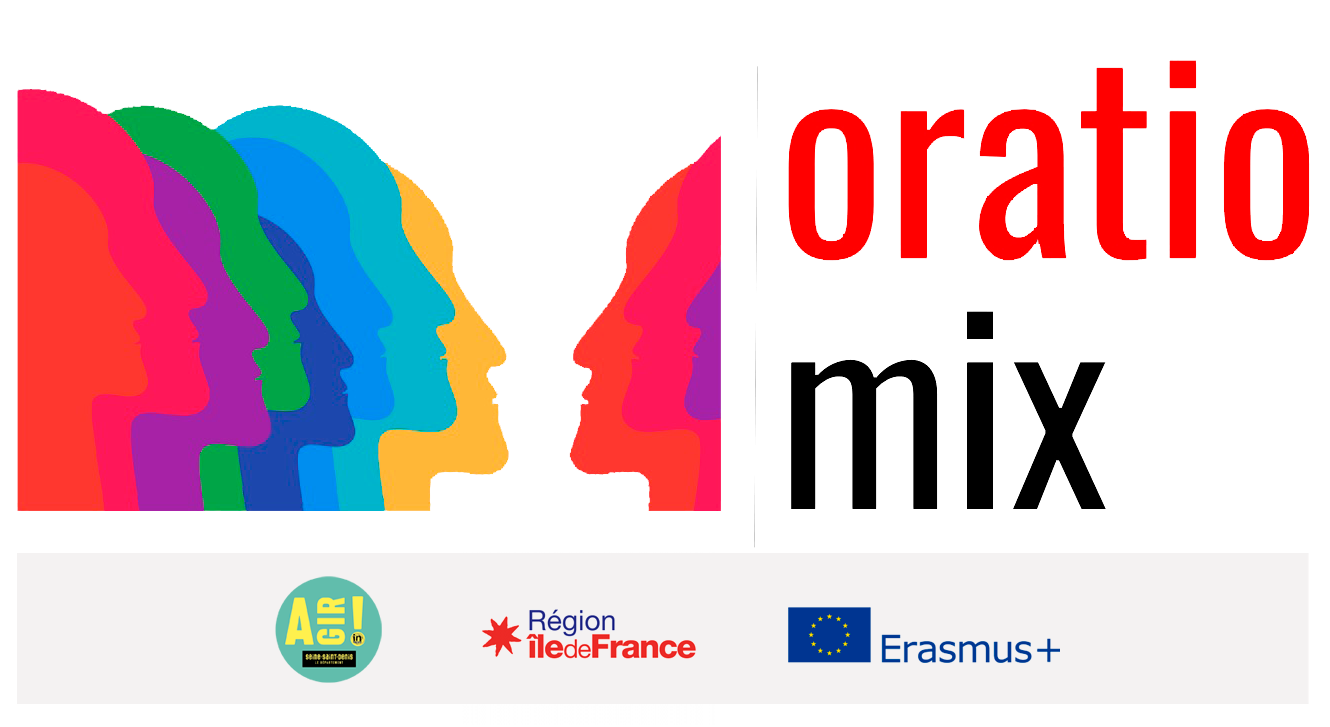Workshop 2
Implementation: what do we need?
– Seal’s skin story text (Annex);
– ropes or scarves, chairs, tables, walkable, pedestals, etc. (to create a course)
– A workspace: the room provided must be large enough and arranged in such a way that it can accommodate all participants and allow freedom of movement, the workshop requiring physical commitment.
The participants
The methodology is aimed at primary and sixth grade students, aged between 9 and 13. Ideally, the group should not exceed 30 students.
Speaker
School teacher, educator, theatre teacher
Objectives of this workshop
Strengthen the capacity for individual and collective reflection around a text.
Reinforce the notions of listening, attention to others and debate.
Time required
90-120 minutes
Implementation
The workshops use techniques of body expression, oral expression and reflection from the reading of one or more reference texts.
Finality
At the end of the session, children will have:
Developed ability to work individually and in groups
Progressed towards acquiring communication skills
Strengthened critical thinking by sharing and discussing symbolic themes present in their stories.
Students’ practice of new bodily and reflexive techniques will improve their personal development and communication skills.
1. Start session
The clap
In a circle, the children pass a clap to their neighbor. e (one claps in his hands) while making the circle. For the clap to pass, students must look each other in the eye before clapping their hands!
2. Warm up
- Walk in space: students are invited to walk in space. Ask them to walk alone, without following a comrade, and always try to move towards a free space. Also make sure that i.el.s does not end up walking in a circle (which is almost always the case, even for adults!) Then i.el.s will have to listen to your instructions while continuing their walk.
- Tempo: start by varying the tempo. Show the example of the 5 speeds you will state. The normal walking, the walking of the turtle (in slow motion), the walking of the snail (the movement is barely perceptible), the walking of the cheetah (we walk very fast) and finally the walking of the spaceship (the fastest walk possible without running). Ask students to be careful not to touch each other while travelling! This is to avoid accidents. Then vary the sequence of steps from turtle to spaceship, snail to normal walking, and so on…
- walk/stop/youpla: students must then try to answer the instruction as much as possible together. Thus, when the facilitator announces “Stop”, all students must stop at the same time. Then, they only resume their walk when the facilitator starts “Walk”. Similarly, when the students hear “Youpla”, they jump on the spot and immediately resume their walk. The facilitator then follows the instructions as he sees fit for a few minutes until the students are comfortable with the exercise.
- the number: when the facilitator states a number, then students must form small groups with as many people as the number announced. For example, we announce the number 4, and students should get into it as quickly as possible. You can also use small numbers if you have a large group. Thus, if you want students to form only two groups you can announce “12” if your group is composed of 24 students. Similarly, you can announce the exact number of students present and see how long it takes them to realize that it takes the entire class to form this group.
3. Intercultural
Read the story of sealskin (see appendix)
Take time for exchanges, questions and answers:
What is this story about?
Why is man unhappy at the beginning of the story?
Why is the woman unhappy?
Why is the man angry?
What is he afraid of?
Why is the choice of the woman difficult?
Why can the little boy be unhappy?
Why can we say that the little boy won a lot?
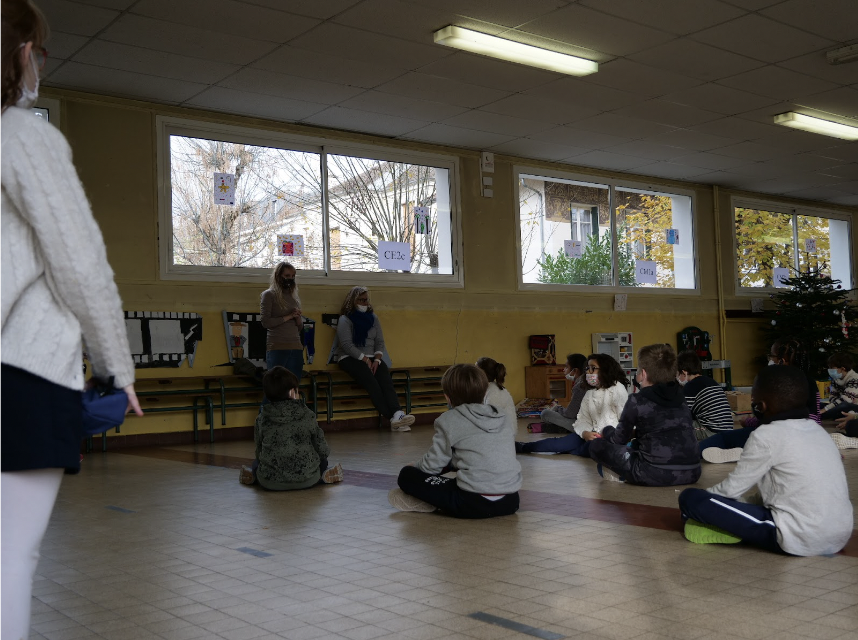
4. Course
The facilitator will set up a short course asking students to step over, crawl around, etc… The animator.ice can time in the form of relay race the different passages of the group. First, students run the course on both legs, then the facilitator may decide to propose a new walkway, backwards, etc…
The facilitator then asks the students to complete the same route in pairs. Two options are possible. Either the facilitator connects each student of the binomial by the feet. Or they tie the two students back to back. The students find themselves tied up two by two. They must find a way to coordinate their movements to complete the course while paying attention to their partner.
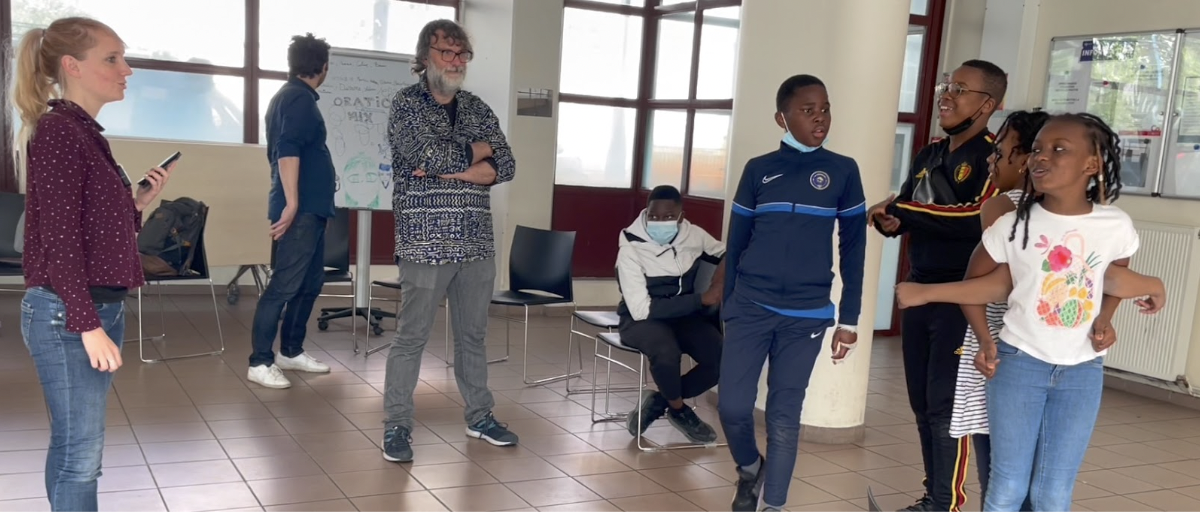
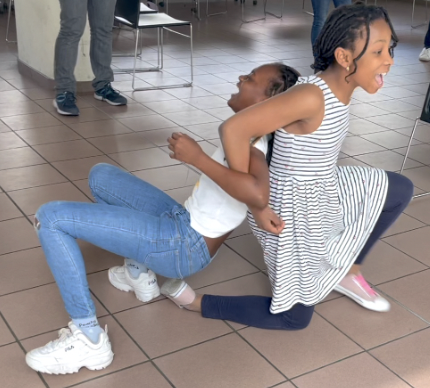
Finally, the students make one last pass by forming all.tes together a large chain holding each other’s arms. It is a question of managing to make the route without the chain detaching and without anyone falling. Students are obliged to communicate between the beginning and the end of the chain and to pay close attention to each other.
5. Debriefing
The facilitator brings the group together for a moment of debriefing about the course that the students have just completed:
What is the most difficult? Why is it difficult? How do we do it the best we can?
Under what circumstances are we led to ask someone to change? (transidentity, homosexuality, wearing a veil, foreign language, being left-handed…) Why?
Is there a difference between the right to stay and the prohibition to leave?
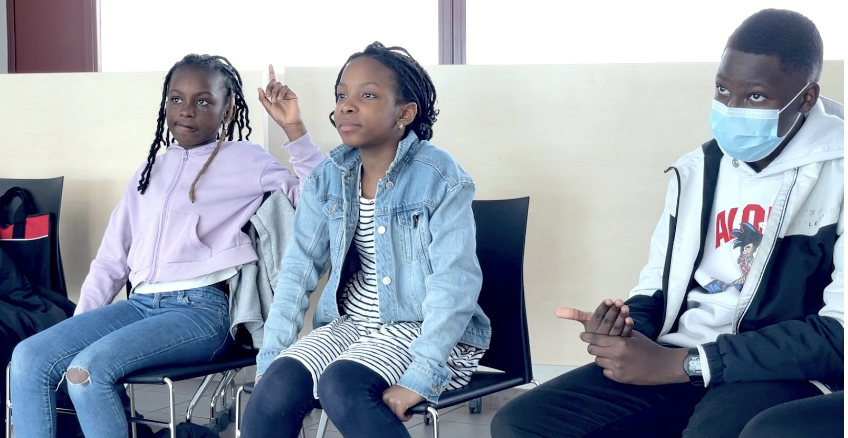
Discuss the following principles in the discussion:
No longer be allowed. e to be yourself
What is a time of adaptation
The desire to do what we like/ what we are used to
Make concessions
Be attentive to the other
Communication
Self-help
6. End of the ritual
Clapping
We propose to introduce a small ritual of end of session with the students. This allows you to end the session in a friendly way and create a landmark for students.
We then propose a clapping, like celebrations between athletes and supporters at the end of football matches. The facilitator leads this first clapping. During the next sessions, students will take turns as a leader.
The. a leader stands opposite the other members of the group in order to be seen by all. He/she positions his arms horizontally and will clap his hands above his head. The others must imitate him at his/her pace. Then, little by little, he.elle will accelerate until reaching applause.
